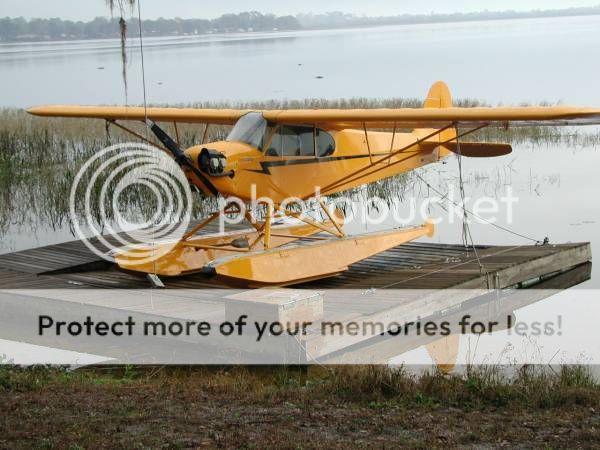This is an old thread, but I figured my opinion still might be relevant for those looking at these light flying boats. Airplanes are like tools in your toolbox. They each do a couple things really well, but there isn't one that does it all. And of course, there's the matter-of-opinion part of the equation.
I have flown the factory Searey LSAs (not the homebuilt version) all over the country. They are the reliable, docile and have probably the lowest operating cost of any amphibian. With a 914 engine, the Searey outperforms its peers in all areas except cruise speed. It is a draggy airplane and you can't expect much better than about 95 mph at a reasonable power setting. That's about the only downfall.
You can fly open cockpit at any speed with the dual sliding canopies and it's a tail dragger so you can actually beach it. Outside the pages of a glossy sales brochure, you can only beach tricycles on very hard packed surfaces. Tricycle gear is great at airports, but just isn't very practical for a "go anywhere" airplane. With a Searey taildragger, you'll have no problem taxiing up on the beach at that remote island, sandbar, or muddy campsite. The wheels and tires are also much larger than that found on most LSAs so it does great for land landings off airport on unimproved surfaces.
The Seamax is a good design, and not a bad airplane, but last I checked (in 2016), there were only 6 Seamaxes registered in the US. The US distributor for parts was also in a legal dispute with the parent company leaving Seamax owners without a way to get parts and support. There are over 400 Seareys in the US and over 600 worldwide. The Super Petrel has a reputation for and history of structural failures - I would avoid that one altogether.
Seareys are not sexy airplanes, but are very rugged, capable and practical little seaplanes.


